Discover the Lanzarote Wine Region
25th February 2022
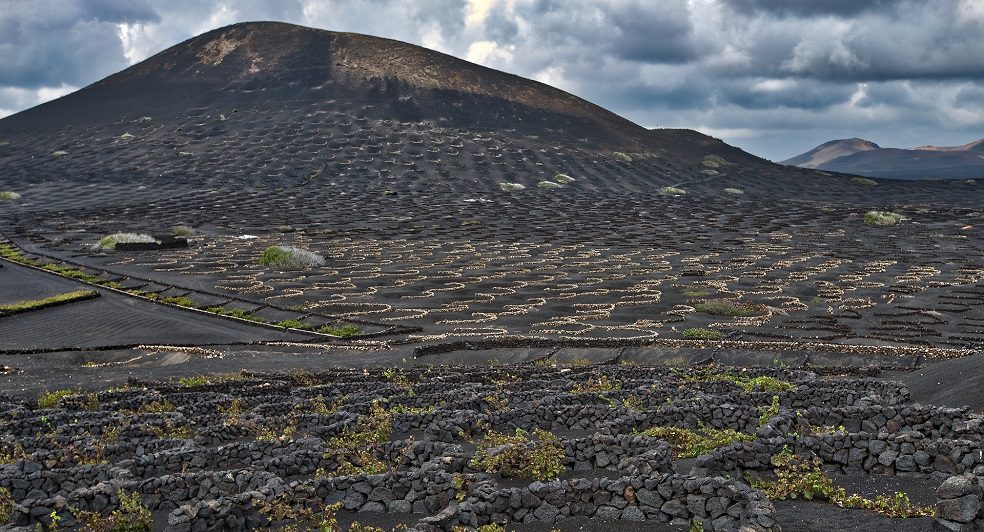
Many Myths were spoken about the Canary Islands, the original inhabitants (The Guanches) believed the volcanic mountains to be the home of their Gods, while early scholars believed the area to be the highest mountains of the Lost City of Atlantis.
The beautiful island of Lanzarote is known for its year-round warm weather volcanic landscape, glistening beaches and clear blue sea. On the Island, they have the Timanfaya National Park which is known for surrounding the Timanfaya Volcano, the rocky and ashy landscape around it was created by the volcano erupting in 1730 until 1736.
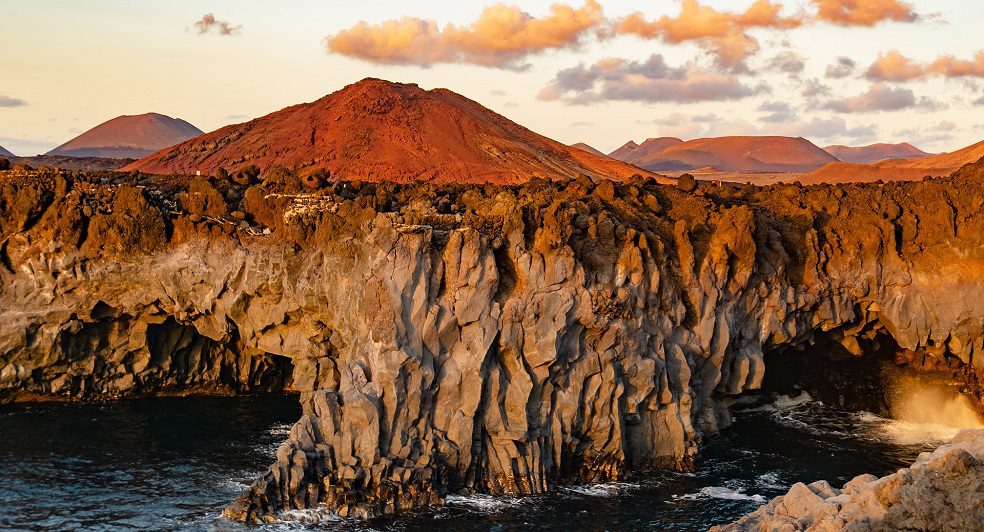
Lanzarote is home to over 200 volcanoes with some of them being millions of years old, but many of them appeared less than 300 years ago, the coastline, caves and many of the islands features have been created by their volcanoes, which is an absolutely amazing thing to be able to state. Despite having hundreds of volcanoes and being known as the “Island of Volcanoes” there is only one active volcano, which is the Timanfaya volcano in the Timanfaya National Park which spans across ¼ of the island.
The Vineyards – Rising From The Ashes
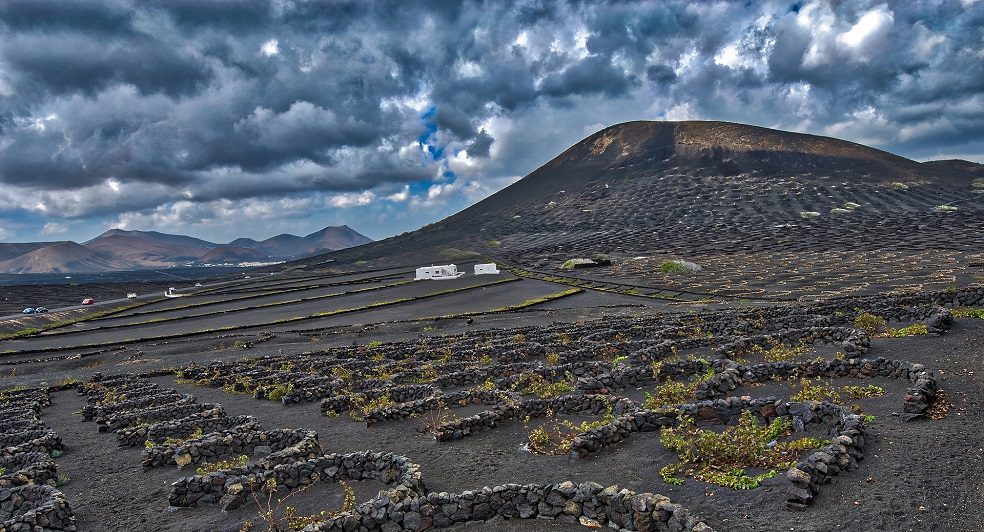
When planting vines on Lanzarote, there is only really one place to do it, on the eastern edges of the Timanfaya National Park where the blanket of ash from the last eruption landed, you’ll find most of the vineyards and wineries in this area.
Each vine is planted in its very own sheltered place, the depth and diameter of each hole depends on the thickness of the ask or picón layer, the holes can reach down to 4 metres deep and 6 metres wide, these funnel-shaped pits help the roots of the vines find the soil underneath the ash above, the circular or semi-circular stone walls around each vine is called ‘zocos’, these walls create a rippled wave effect on the landscape which help the vines grow in the hot climate. Per hectare, they typically harvest between 500 and 1,500 kg of grapes.

The main grape variety on Lanzarote is the ‘Volcanic Malvasia’ it originates from Greece, it was brought to the Canary Islands during the 16th century from Madeira in Portugal.
Lanzarote, at the time of writing, has 21 wineries on the Island, combined they only produce around one million bottles a year, with most of them being consumed on the island. The management of the vines is a big part of Lanzarote, with 2000 people working as viticulturists and 2-300 employed directly in viticulture, this is out of a population of over 150,000.

Los Bermejo Winery, owned by one of the most important families in Lanzarote, is one of Lanzarote’s few wineries, in fact, it would take you around 30 minutes to drive the Lanzarote wine route from start to finish. Bermejo Winery say their wines reflect the richness of their land, landscapes and the efforts of their farmers, and after tasting their Sparkling Wine, I’m in no doubt that that’s true.
This sparkling wine can be purchased from the Wine Shop Lanzarote
History of the Lanzarote Island
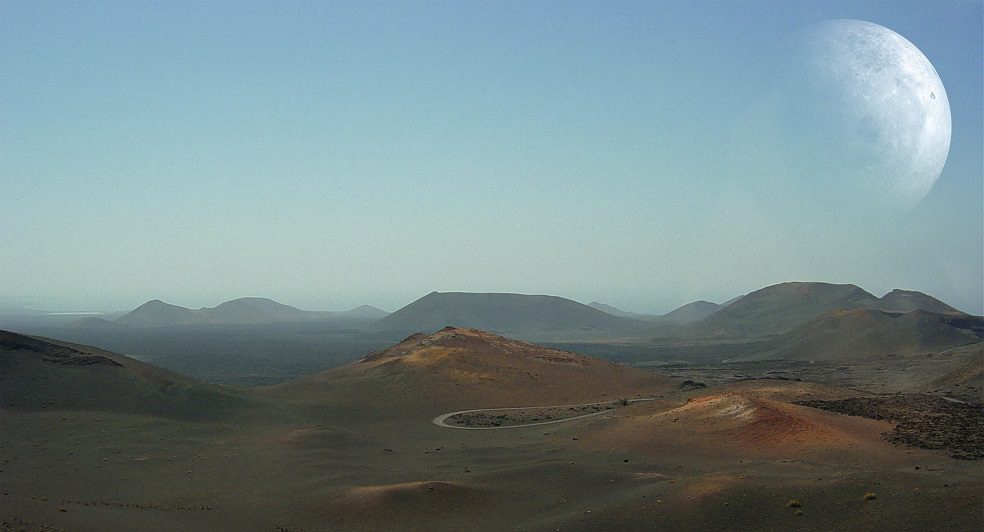
Lanzarote is one of the 7 Canary Islands off the coast of Africa, to be more precise, off the coast of Morocco, although the islands are much closer to Africa, they are part of The Kingdom of Spain.
As you may have guessed Spain was not the original owner of the Canary Islands, their original inhabitants were called the Guanches, which unfortunately today is considered a lost culture, they had long before been in contact with the world, with the Roman Empire setting up a trading system with them from around 40 BCE, as well as the Arabs in 999.
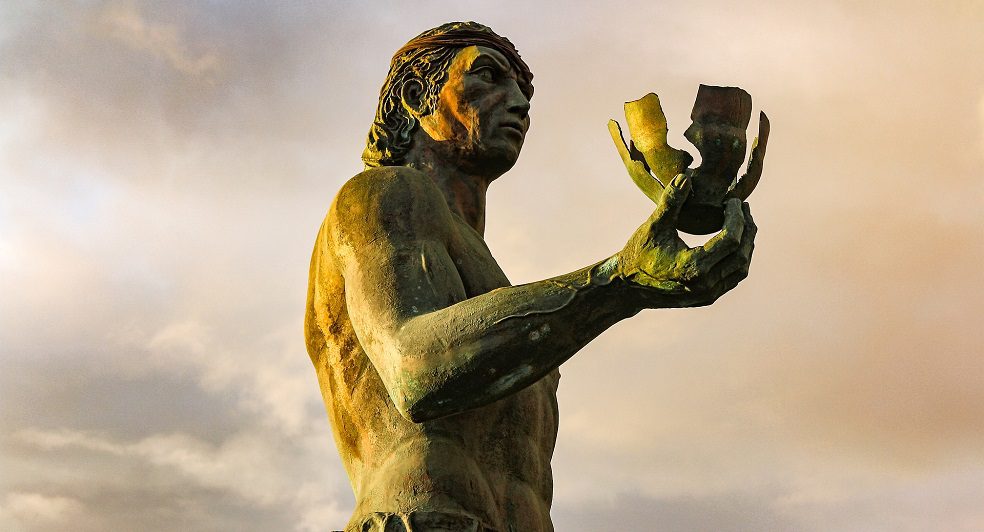
During the 13th and 14th centuries both Portuguese and French visited the Islands, the French explorer Jean de Béthencourt, in 1402 led an expedition to the Canary Islands, where they landed on the north side of Lanzarote, he then proceeded to conquer the islands of Lanzarote, Fuerteventura and El Hierro, removing the local chieftains from power and becoming king of the islands by order of King Henry III of Castile in 1404. And The Island of Gomera was forcefully taken by the Portuguese between 1420 and 1479.
In 1479 the Treaty of Alcáçovas was signed and with it, Spain was recognized as having sovereignty over all the Canaries Islands, despite at this time not having full control over all the islands yet, but by the end of 1496, Spain did.
Christopher Columbus would famously replenish four of his westbound ships in the Canary Islands, this made the islands indispensable to the Spanish during their conquest of the New World.
A Paradise Next To An Active Volcano
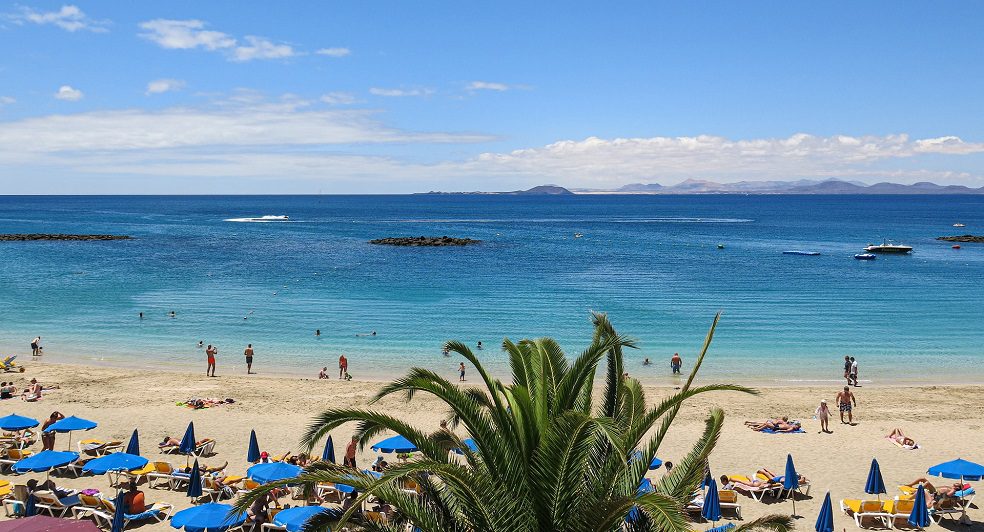
When looking for a place to set up base camp for your awe-inspiring holiday, either of the three major resorts will be perfect, the island’s biggest resort is the Puerto del Carmen on the southwest side of the island, it is closest to the airport and has the most nightlife, Playa Blanca is to the southernmost side with fantastic beaches and Costa Teguise on the east side.
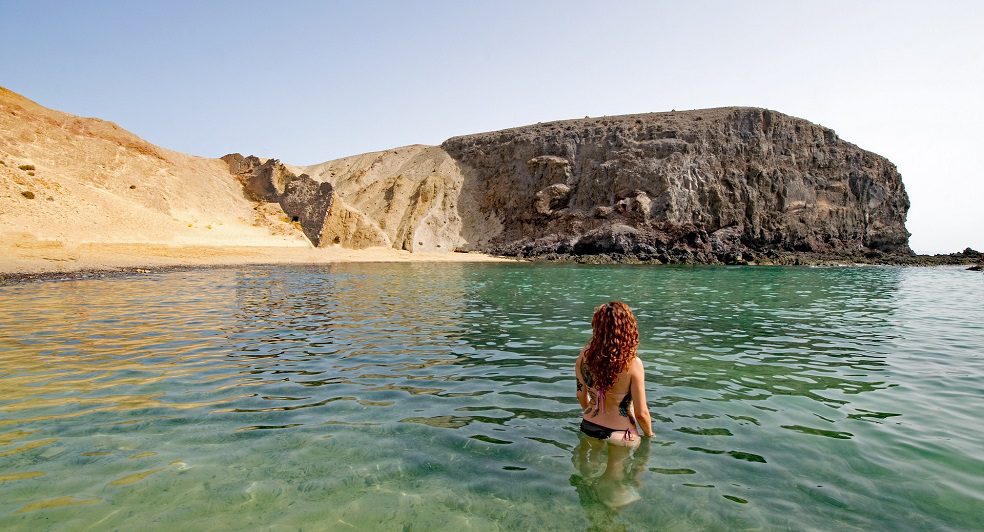
Despite being an island of Volcanoes, the beaches which are present are a sight to see, smooth sand beaches pressed up against warm shinning blue waves, going inland just a bit, you see perfectly designed white houses, you have restaurants and bars, culture and nightlife, caves and wineries, it truly is one of the Paradise Islands which a vacation should be planned for.
I’ve included a short video in this article to show you even more of the beautiful images plus some interesting and exciting facts of Lanzarote, showcasing their beaches, culture, life, and how they perfectly combine nature and man-made structures together in form of rooms and restaurants and concert venues.
Infomation Credit: Lanzarote History – Lanzarote Guide – Foods Wines From Spain
Image Credit: Lanzarote Vineyard – Lanzarote Cliffs – Lanzarote Information – Lanzarote Vineyard – Lanzarote Moon – Hautacuperche Guanches – Lanzarote Beach – Volcano Vines – Lanzarote Island – Girl In Water
![]()
Oliver Walkey
Champagne and Sparkling Wine Writer, Focused on Bringing the Exciting and Fascinating World of Bubbly to You.
